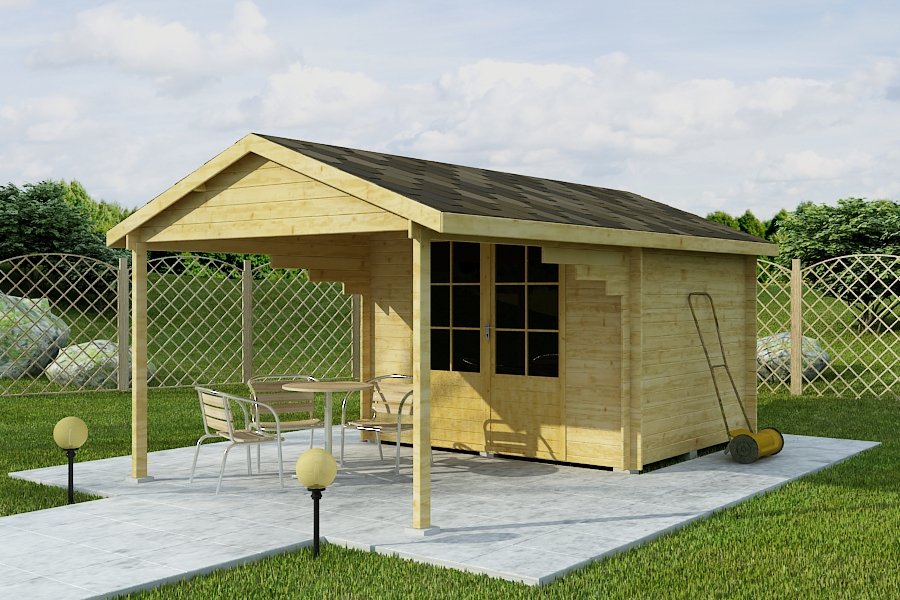
Repairing Fence and Boundary Attachments to Sheds
Fences serve to mark boundaries between properties and provide security, so it’s essential that they remain in good repair. Conducting regular inspections and prompt repairs will allow you to spot problems early and address them as they arise before any serious problems develop.
Wind can often make fence panels and posts loose. To increase stability, add one security bracket per bay or install 2×4 bottom rails cut to fit flat between posts between 8-12 inches high.
Repairing Fence Panels
If the wood fence that came with your home is beginning to show signs of wear or was blown down in a wind storm, replacing panels may be in order. Although stain or paint should always be applied before installing new panels to preserve and keep its appearance looking its best, you could also take this chance to update its look by choosing different colors or styles for each panel.
If a fence panel is leaning, inspect its posts for signs of rot. A post that has become rotten could compromise the entire fence line; additionally, as ground shifts shifts around it and causes looseness in its foundation it could eventually cause leaning and eventually leaning to occur and ultimately collapse over.
To address this problem, add support stakes around the area of the damaged post before rebuilding and crowning its concrete support to make the surface level again. This should prolong its longevity while saving yourself the expense of having to replace an entire fence.
Repairing Boundary Attachments
As boundary fences straddle the property lines between two landowners, any damages to one fall to both parties equally and repairs should be arranged and paid for as a priority. This also holds true if both landowners „join” the fence in any way – although state laws can determine who has use of which section. A friendly conversation, review of property records or survey can often help clear up any confusion, making repairs simpler for everyone involved.
Repairing Rails
Rails carry most of the load for fence panels and can become damaged during stormy weather, leading to looseness or rot in its run. Regular inspection can detect such issues promptly and save costly repair work in the future. Spotting damage is typically straightforward; signs of decay typically include soft wood with sawdust-like frass; treatments range from sanding rough areas down with high quality materials to repainting or staining using high quality products.
Problems in fencing often include damaged or rotting bottom rails that hold up its panels and provide stability. Repairing these rails requires extra care if they cannot be repaired properly; otherwise they could need to be completely replaced altogether. Repairing them is a relatively straightforward process: cut twox4 rails so they fit between posts from slightly above ground level up 12 inches. Nail them into place using galvanized 10d nails spaced at least one board width apart with 10d nails from 10D nails from your toolbox.
Loose panels are another common issue caused by windy conditions or inadequate fixing methods, so installing security brackets per bay to firmly attach these to their posts and stop them from lifting in strong winds and further damaging walls is recommended to help avoid this problem.
At times, one failed rail can cause an entire fence to collapse; to address such an issue effectively requires the complete removal of said rail and installation of new rail plugs on either end of each gap left by its removal. A rail plug is a piece of prefabricated metal welded onto existing rail ends in order to form one continuous steel section which supports fence panels without additional material such as welds being transported back and forth from repair sites – unlike previous methods that required transporting additional welds for repair purposes.